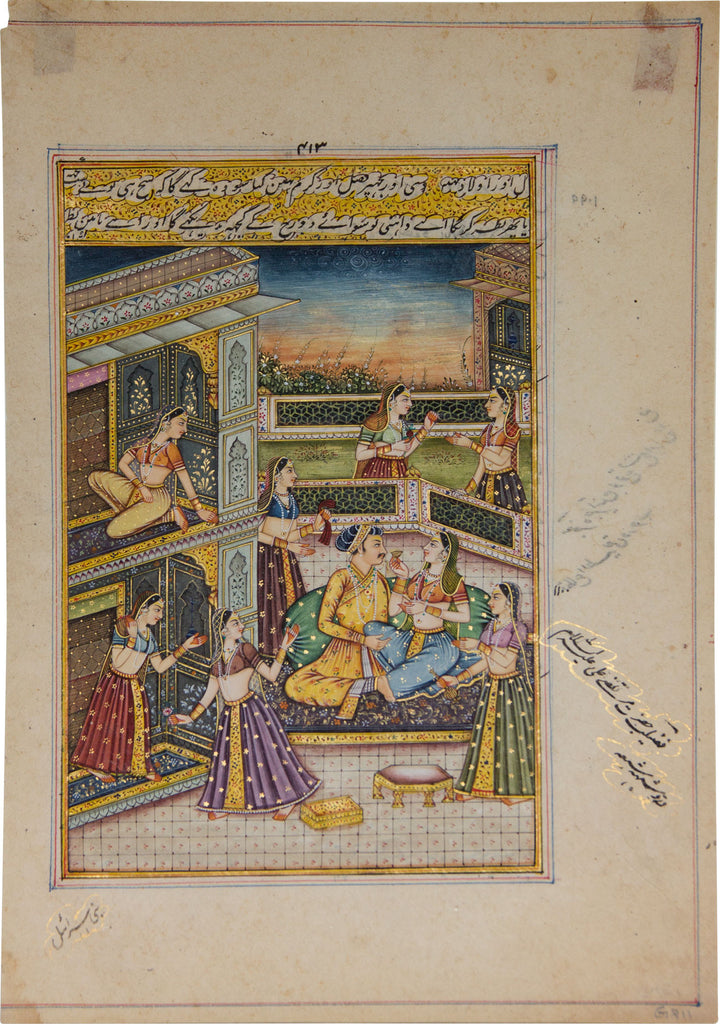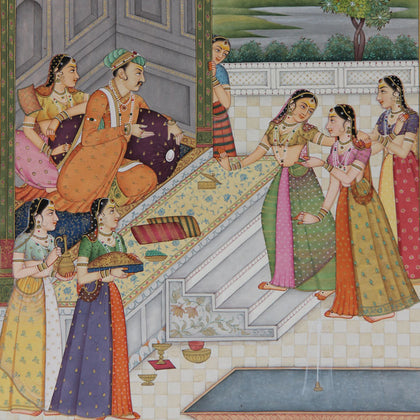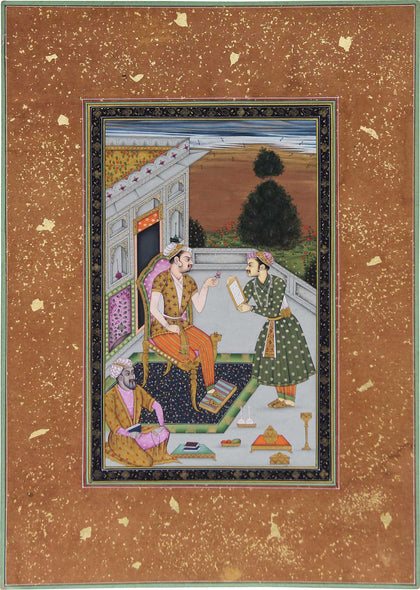Marked by graceful lines and delicate brushwork, miniature paintings of India have a glorious history, providing an artistic intimacy. They are not just meant to be observed, but instead, read from top to bottom like a story. With the first miniature paintings of India dating back to the 7th century, the style went through several transformations, from the use of simple and subdued tones, to showing exaggerated physical traits and bold colours. The art of Miniature Painting truly flourished under the patronage of the Mughals in the 16th century, depicting artistic excellence along with the richness of colour effects.
The most notable traditions of miniature paintings are of Mughal, Rajasthani, Pahari and Deccani courts. Themes included portraits, court scenes, devotion, nature, mythology, poetry and love. An extremely nuanced art form, the finer details in miniatures are painted with brushes made of squirrel hair, even today. All the works under this genre are reflective of the intensive combined effort of artisans. The face being the most important part, is typically executed by the master artist. Like many other traditional art forms of India, miniature painting too, is slowly dying, and in need of revival.





















































































 View Full Screen
View Full Screen































































